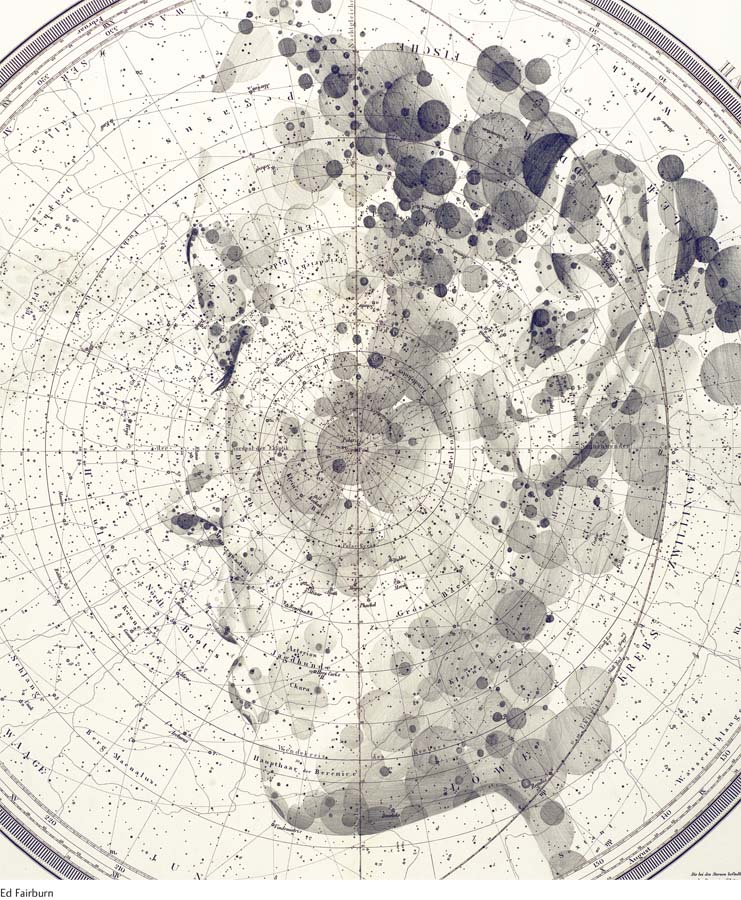Chapter 3 Introduction
CHAPTER 3
TOPIC OVERVIEW
Characteristics of Assessment Tools
Clinical Interviews
Clinical Tests
Clinical Observations
Classification Systems
DSM-
Is DSM-
Call for Change
Can Diagnosis and Labeling Cause Harm?
Treatment Decisions
The Effectiveness of Treatment
Clinical Assessment, Diagnosis, and Treatment

Franco started seeing a therapist at the urging of his friend Jesse. It had been almost four months since Franco broke up with his girlfriend, and he still seemed unable to pull himself together. He had totally stopped playing sports and attending concerts, things he normally did on a regular basis. When he finally returned Jesse’s calls, he mentioned several serious and avoidable mistakes that he had made at work recently, but he barely seemed to care. He also confided to his friend that he felt very tired and was unable to touch his food. Jesse suspected that Franco was clinically depressed, but, then again, he was not a therapist.
Feelings of despondency led Franco to make an appointment with a therapist at a local counseling center. His clinician’s first step was to learn as much as possible about Franco and his disturbance. Who is he, what is his life like, and what are his symptoms? The answers might help to reveal the causes and probable course of his present dysfunction and suggest what kinds of strategies would be most likely to help him. Treatment could then be tailored to Franco’s needs and particular pattern of abnormal functioning.
idiographic understanding An understanding of a particular individual.
In Chapters 1 and 2 you read about how researchers in abnormal psychology build a general understanding of abnormal functioning. Clinical practitioners apply this broad information in their work, but their main focus when faced with new clients is to gather idiographic, or individual, information about them (Zheng et al., 2015). To help a client overcome problems, clinicians must fully understand the client and his or her particular difficulties. To gather such individual information, clinicians use the procedures of assessment and diagnosis. Then they are in a position to offer treatment.